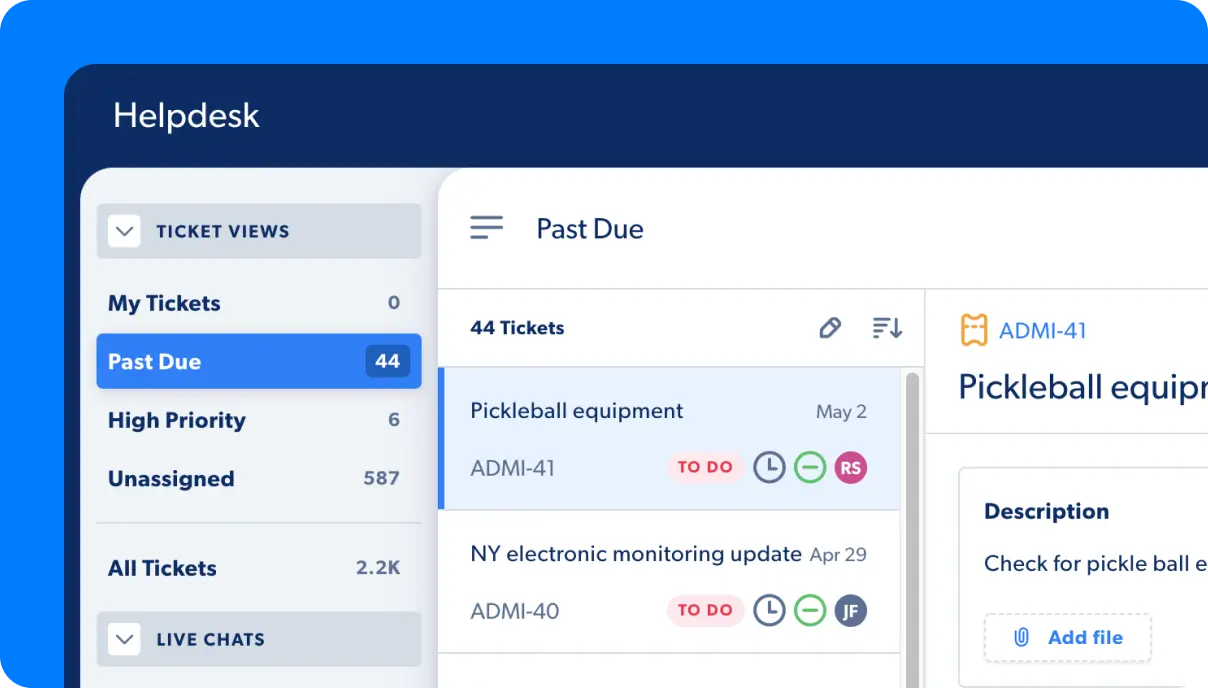We had a great time at the Digital Mortgage Conference, and we’re already looking forward to next year! We learned a ton about the current state of the mortgage industry from attending the sessions and talking with attendees. However, there were three points that really stood out to us.
1. How to address the barriers holding up the mortgage industry.
The major goals of mortgage companies have stayed the same over the years. They include discovering how to make the application process less arduous for the loan officer and the borrower, sharing consistent and comprehensive knowledge, and ultimately helping the borrower purchase a home.
However, the challenges have drastically changed. Closing a loan costs a lot of money for the institution—it takes about $10k to originate a loan. The loan officer’s willingness to adapt to new practices and technology can affect the mortgage process. If the quality and quantity of interactions between loan officers and borrowers are irregular and unproductive, it can also cause a blockage in the process.
A lot of these barriers come from getting acquainted with new technology. STRATMOR Group’s Senior Partner, Garth Graham, mentioned this in his session, “Give It to Me Straight: Technology and Digital Trends in the Mortgage Industry.” According to Garth, mortgage companies need to be patient and realize that technology in the mortgage space is still new and needs time to yield a return.
2. How to take advantage of upcoming technology in the mortgage industry.
The barriers in the mortgage industry indicate that there is an opportunity for more solutions. And on the other side of barriers are the benefits. The mortgage industry has seen great results including borrower satisfaction, faster cycle time, transparency, workflow automation, the ability to manage multiple pieces of technology, and agency support. The next promising advancement in the mortgage industry includes workflows.
During the conference, there was a consistent theme of creating more avenues to connect all the different moving pieces in the loan process. For example, 20 percent of companies already use robotic process automation (RPA) bots to help streamline sales, processing, and underwriting. By focusing on connection and collaboration through workflows, colleagues with different responsibilities can work together and share information, so everyone knows who is responsible for each moving piece.
Collaboration is extremely helpful, but so is automation. Unfortunately, many mortgage companies and banks have outdated ways of storing data. As a first step to adopting technology in the mortgage industry, companies need to figure out the best way to store data and the best data to store. Implementing automation simply won’t work without clean data.
3. How to push technology adoptions in your organization.
As mentioned in the previous sections, the adoption of technology for loan officers is low. However, it’s important for the loan officer to realize what the customer actually expects during the loan process. Capacity’s CEO, David Karandish, and Blend’s Head of Product, Olivia Teich discussed this disconnect in the session, “The Next Tech Stack: What Tools Will Be Table Stakes by 2025.”
- Borrowers want 24/7 support. David pointed out that a loan officer won’t always be available on a Sunday night to answer a question regarding a loan. However, technology can provide support whenever a borrower needs it.
- Borrowers want a human touch. The mortgage loan process is extremely stressful. According to Olivia, one-third of borrowers cry when they go through the loan process. Technology takes on the repetitive work, so loan officers can focus on building relationships and offering support when it really matters to the borrower.
- Borrowers are tech-savvy. Olivia mentioned that 40 percent of the loans they see come in after business hours and on a mobile device. It’s important to recognize that technology-enabled borrowers often experience a faster loan process.
Basically, technology in the mortgage industry gives loan officers the opportunity to become the advisor and expert.











































